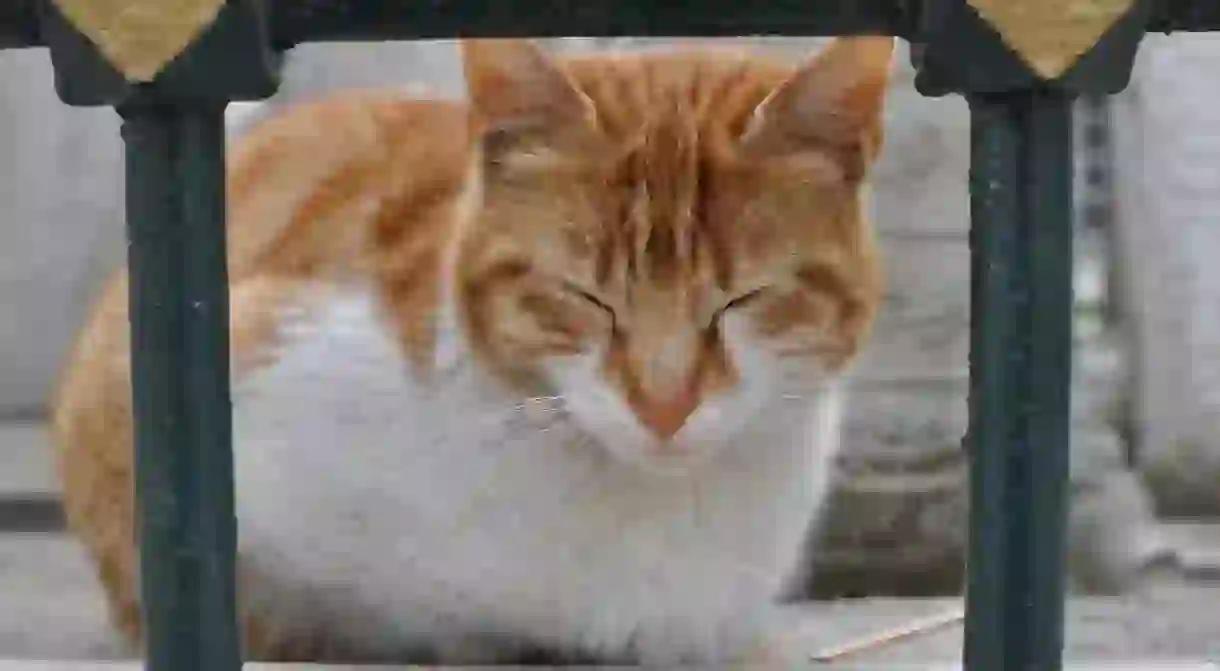Istanbul's Street Cats: The Infamous Four-Legged Locals

Istanbul wouldn’t be the same without its many stray cats, which have become part of the city’s soul. Sometimes it really does feel as if the felines own the city, and their human counterparts are just visiting. Here’s a look at the unique friendship between Istanbul and its four-legged residents, which has roots in both culture and religion.
Hundreds of thousands of cats wander the streets of Turkey’s cultural capital, take long naps on every available comfortable surface, and add a cute interruption to the daily grind of city life. You’ll often see people lugging big bags of cat food, feeding the strays in parks or certain corners of neighborhoods, while municipalities have helped build little houses for felines to take shelter in during the colder months. But where did all these animals come from? The story goes all the way back to the Ottoman Empire. During this time, it’s believed the many ships that docked at Constantinople had cats onboard to manage pests such as mice. The creatures were thought to disembark at the capital and flourished over the years, intermixing breeds and multiplying in population.

While cats were associated with witches and the devil in Europe, in Ottoman-era Istanbul the pious would care for felines, often through local charitable foundations. One of the explanations behind Turks’ reverence for cats is that they’re considered ritually clean creatures in Islam, and the Prophet Muhammed expressed his fondness of the animal in the hadith (the collected sayings of the prophet). There’s a story that Muhammed cut off the sleeve of his robe, to avoid disturbing a cat who had curled up on it to nap. In another tale, a feline named Abu Hurayrah saved Muhammed from a deadly serpent and the prophet blessed the creatures with the ability to always land on their feet in return. They were also respected for guarding the city from mice, as well as rats, who carried diseases such as the plague.

Last year, director Ceyda Torun took on Istanbul’s street cats in her documentary Kedi, which sparked worldwide interest in this peculiar feline phenomenon. Over the course of 80 minutes, Torun follows the story of seven of the city’s furry residents, beautifully expressing not only the deep integration between Istanbul and its cats, but also the deep friendship between humans and their four-legged friends. The charming film premiered at the 2016 !f Istanbul Independent Film Festival and has had screenings all over America, as well as in Sweden, Finland, Australia, and Singapore.
Social media has also got in on the action, with pages such as Cats of Istanbul gaining new followers regularly. In October, the Kadıköy municipality even erected a bronze statue in memory of Tombili, an endearingly overweight cat that had become the neighborhood’s mascot. Elsewhere, the cross-eyed kitty known locally as Gli who has made the Hagia Sophia its home also has its own blog, with photos uploaded by visitors.














